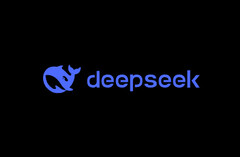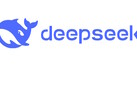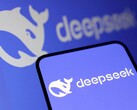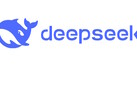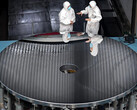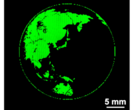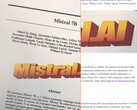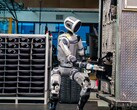DeepSeek’s artificial intelligence tools are already up and running in PLA hospitals and support units, with experts forecasting they'll eventually move into battlefield intelligence roles.
According to reports in Chinese media, the People’s Liberation Army is currently using DeepSeek’s AI tech for non-combat support duties. Although it’s mainly focused on healthcare and logistics right now, defense analysts believe it won’t be long before AI is used in military intelligence and high-level decision-making.
DeepSeek’s open-source large language models (LLMs) are used across PLA hospitals, the People’s Armed Police, and various defense mobilization offices. The PLA’s Central Theatre Command general hospital recently revealed its “embedded deployment” of the R1-70B LLM, which offers treatment recommendations while keeping patient information on local servers. Meanwhile, Beijing’s prestigious “301 Hospital” serves top government officials and has teamed up with Huawei to implement the DeepSeek-R1 model.
The People’s Armed Police also leverages DeepSeek for physical training programs and psychological counseling. Sam Bresnick, a research fellow at Georgetown University’s Centre for Security and Emerging Technology, points out that these limited rollouts give the PLA room to test the technology before introducing it to more sensitive missions.
A state-owned publication, Guangming Daily, highlighted DeepSeek’s “is playing an increasingly crucial role in the military intelligentization process,” noting how it can rapidly process real-time battlefield data to provide better situational awareness during combat. The paper described the potential uses of AI in amphibious landing operations, where it could adapt strategic plans on the fly to handle shifting battlefield realities.
Chinese military analyst Fu Qianshao remarked that DeepSeek shows “the PLA's commitment to staying up-to-date and fully utilizing AI technology to enhance comprehensive combat capabilities.” He noted that ongoing AI integration in command systems may extend to direct combat roles.
Recently, the Nanjing National Defence Mobilisation Office released a DeepSeek user manual outlining how it can be used for emergency evacuation planning, defense education, and resource assessments. While most experts still believe the US leads AI development, Bresnick says the real upper hand will belong to whichever country can best weave AI into its military operations.
Source(s)
SCMP (in English)




